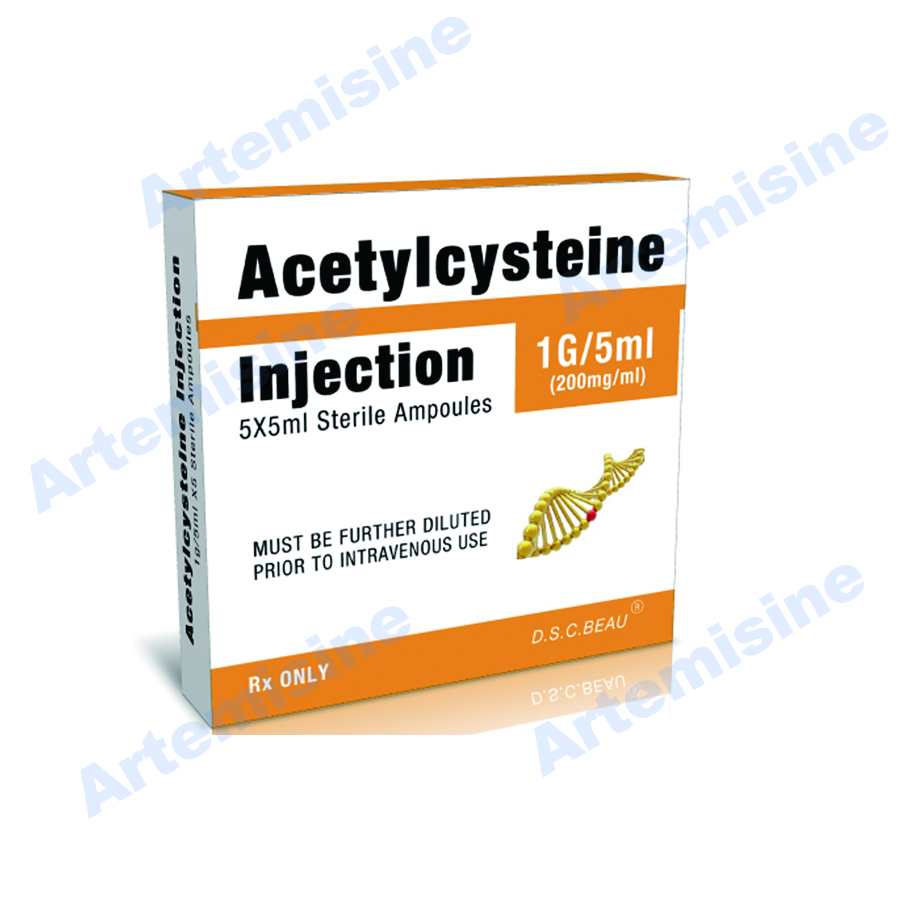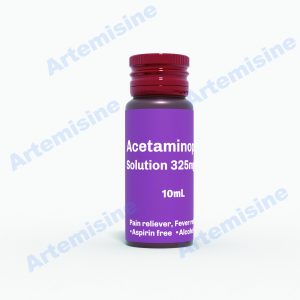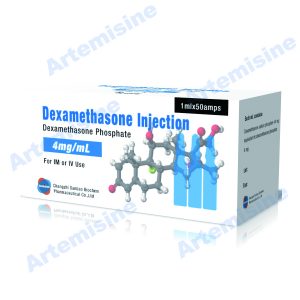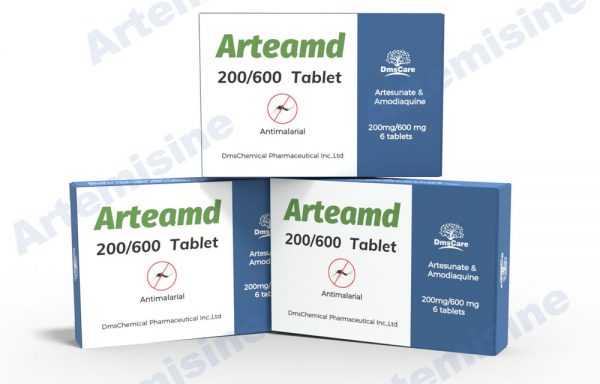Product Description
Products name:
Acetylcysteine 200 mg/ml Injection
Contains:
1000mg/5ml
Package:
5ml/ ampoule * 5/box
Indications and Usage for Acetylcysteine Injection
Acetylcysteine injection is an antidote for acetaminophen overdose indicated to prevent or lessen hepatic injury after ingestion of a potentially hepatotoxic quantity of acetaminophen in patients with an acute ingestion or from repeated supratherapeutic ingestion (RSI)
Acetylcysteine Injection Dosage and Administration
Pre-Treatment Assessment Following Acute Ingestion
Obtain a plasma or serum sample to assay for acetaminophen concentration at least 4 hours after ingestion.
If the time of acetaminophen ingestion is unknown:
Administer a loading dose of acetylcysteine injection immediately.
Obtain an acetaminophen concentration to determine need for continued treatment.
If the acetaminophen concentration cannot be obtained (or is unavailable or uninterpretable) within the 8-hour time interval after acetaminophen ingestion or there is clinical evidence of acetaminophen toxicity:
Administer a loading dose of acetylcysteine injection immediately and continue treatment for a total of three doses over 21 hours.
If the patient presents more than 8 hours after ingestion and the time of acute acetaminophen ingestion is known:
Administer a loading dose of acetylcysteine injection immediately
Obtain acetaminophen concentration to determine need for continued treatment
If the patient presents less than 8 hours after ingestion and the time of acute acetaminophen ingestion is known and the acetaminophen concentration is known:
Use the Rumack-Matthew nomogram (Figure 1) to determine whether or not to initiate treatment with acetylcysteine injection
Nomogram for Estimating Potential for Hepatotoxicity from Acute Acetaminophen Ingestion
See full prescribing information for instructions on how to use the nomogram to determine the need for dosing.
Preparation and Storage of Diluted Solution Prior to Administration
Acetylcysteine injection is hyperosmolar (2,600 mOsmol/L), therefore acetylcysteine injection must be diluted in sterile water for injection, 0.45% sodium chloride injection, or 5% dextrose in water injection prior to intravenous administration. See full prescribing information for examples of osmolarity depending on the type of solution and acetylcysteine injection concentration.
Recommended Adult and Pediatric Dosage
Acetylcysteine injection is for intravenous administration only
Total dosage of acetylcysteine injection is 300 mg/kg given intravenously as 3 separate doses and total recommended infusion time for 3 doses is 21 hours
See full prescribing information for weight-based dosage and weight-based dilution
See full prescribing information for recommendations for continuing acetylcysteine injection treatment after 21 hours
Repeated Supratherapeutic Acetaminophen Ingestion
Obtain acetaminophen concentration and other laboratory tests to guide treatment; Rumack-Matthew nomogram does not apply.
Dosage Forms and Strengths
Injection: 6 grams/30 mL (200 mg/mL) in a single-dose vial
Contraindications
Patients with a previous hypersensitivity reaction to acetylcysteine
Warnings and Precautions
Hypersensitivity Reactions, Including Hypotension, Wheezing, Shortness of Breath and Bronchospasm: Observe patients during and after the infusion; immediately discontinue infusion if a serious reaction occurs and initiate appropriate treatment. Acetylcysteine infusion may be carefully restarted after treatment of hypersensitivity has been initiated .
Fluid Overload: Total volume administered should be reduced for patients weighing less than 40 kg and for those requiring fluid restriction
Adverse Reactions/Side Effects
Most common adverse reactions (> 2%) are rash, urticaria/facial flushing and pruritus .




